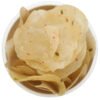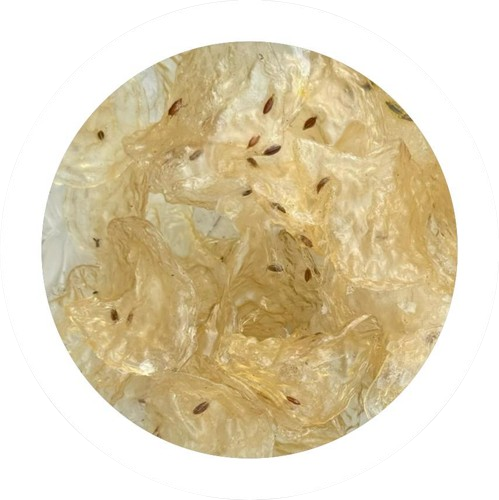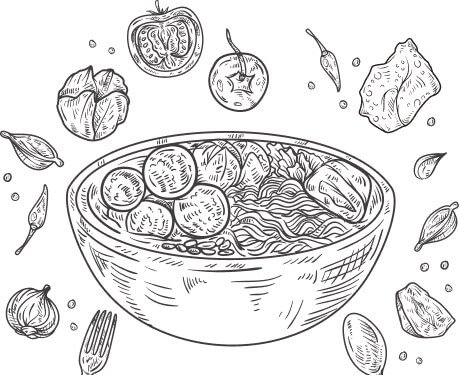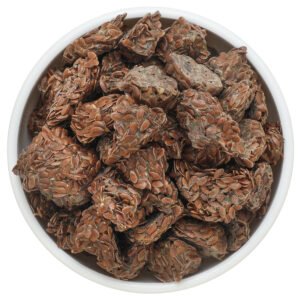Papad, also known as papadam, is a traditional Indian wafer or flatbread that has been an integral part of Indian cuisine for centuries. Its origins are deeply rooted in the culinary traditions of the Indian subcontinent, with references to papad found in ancient Indian texts and scriptures.
Ancient Origins:
Papad is believed to have originated in India over 1,500 years ago. It was a staple in the kitchens of ancient Indian households, where it was made using simple, readily available ingredients such as lentils, rice, and spices. The process of sun-drying papad to preserve it for long periods was a practical solution in a time before refrigeration.
Cultural Significance:
In India, papad holds cultural and religious significance. It has been mentioned in various historical texts, including the Vedas and ancient literature, highlighting its importance in rituals and daily meals. Papad is often served as an offering during religious ceremonies and is a common accompaniment to traditional Indian meals.
Regional Variations:
Different regions of India have developed their own unique versions of papad, each with distinct flavors and ingredients. For instance, in South India, papad is often made from urad dal (black gram), while in the northern and western parts of India, it is commonly made from moong dal (green gram) or chickpea flour. The spices and seasonings used also vary by region, adding to the diversity of papad flavors across India.
Evolution and Modern Times:
Over time, papad has evolved from a simple, homemade snack to a commercially produced item. Today, papad is widely available in supermarkets and grocery stores, with a variety of flavors, shapes, and sizes to choose from. At Grameen Chator, we stay true to this rich tradition by crafting our papads with the same authentic flavors and ingredients that have been used in Indian homes for hundreds of years. Despite the commercialization of papad, many families still prefer the taste of traditionally made papad, and we strive to bring that same homemade flavor to your table, just as it has been passed down through generations.
Papad remains a beloved part of Indian cuisine, enjoyed not only in India but also by Indian communities around the world. Whether as a crispy starter, a side dish, or a snack, papad continues to be a symbol of India’s rich culinary heritage, and at Grameen Chator, we are proud to carry forward this legacy.










